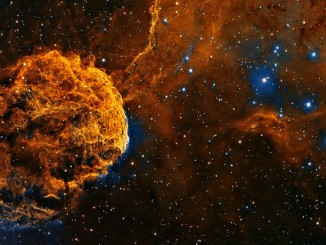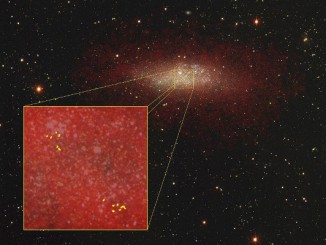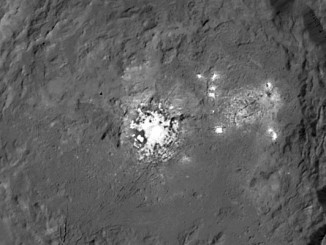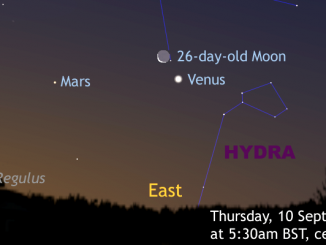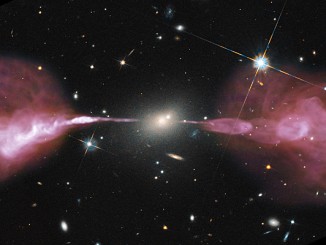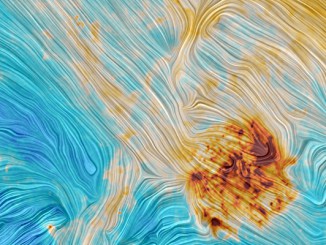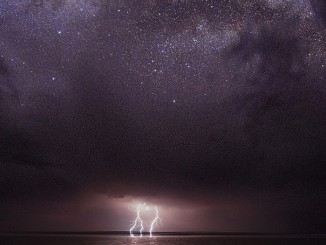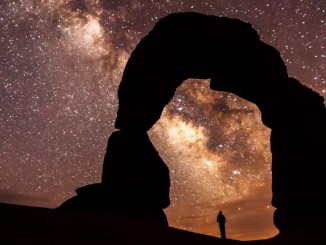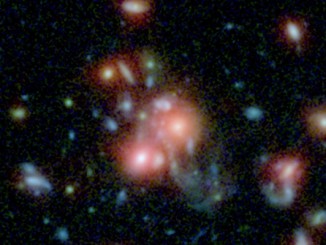
Extreme starburst in the core of a gargantuan galaxy cluster
An international team of astronomers has discovered a prodigious galaxy cluster with a core bursting with new stars — an incredibly rare find. This surprising new discovery, the result of collaborative synergy from ground- and space-based observations, is the first to show that gigantic galaxies at the centres of massive clusters can grow significantly by feeding off gas stolen from other galaxies.


